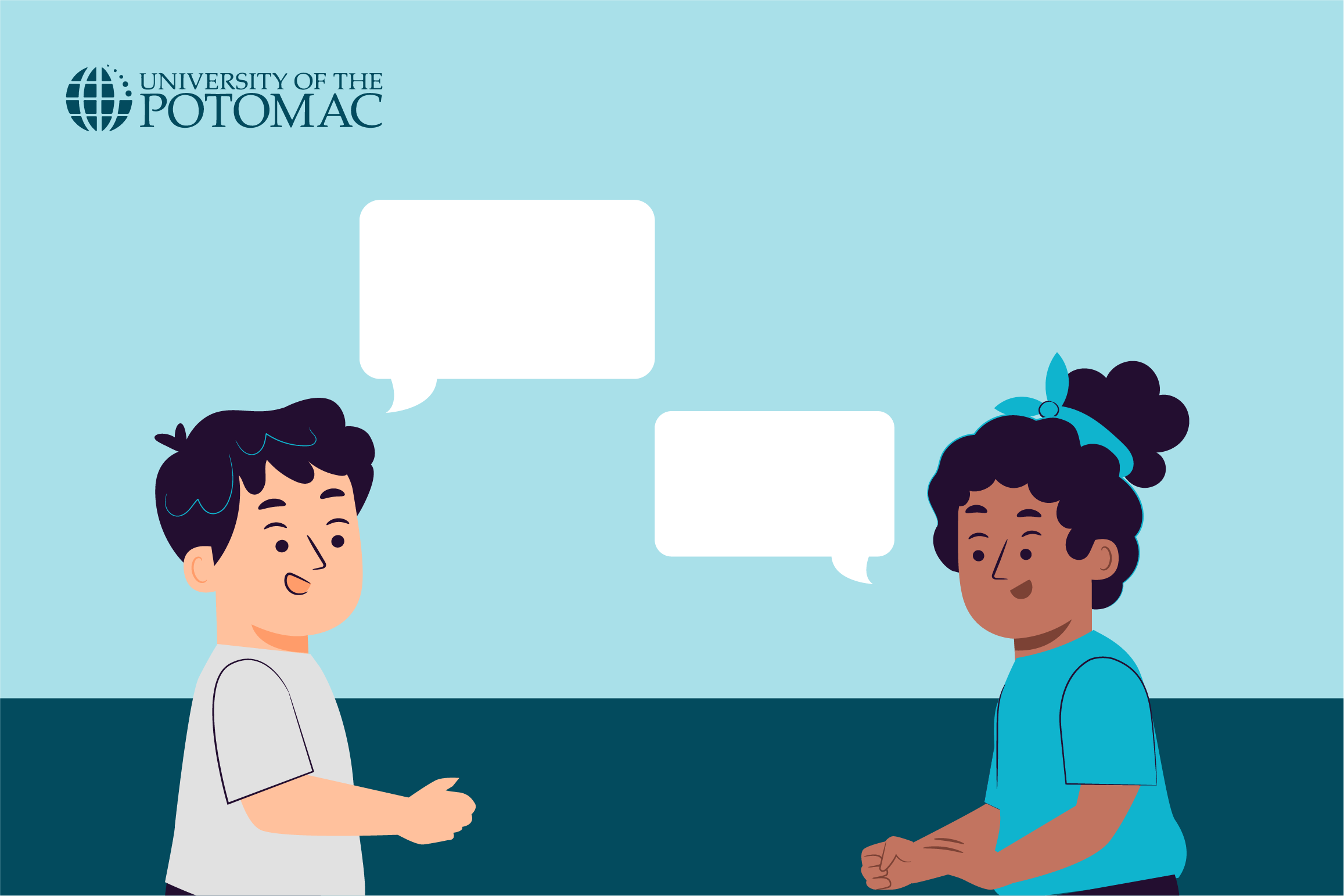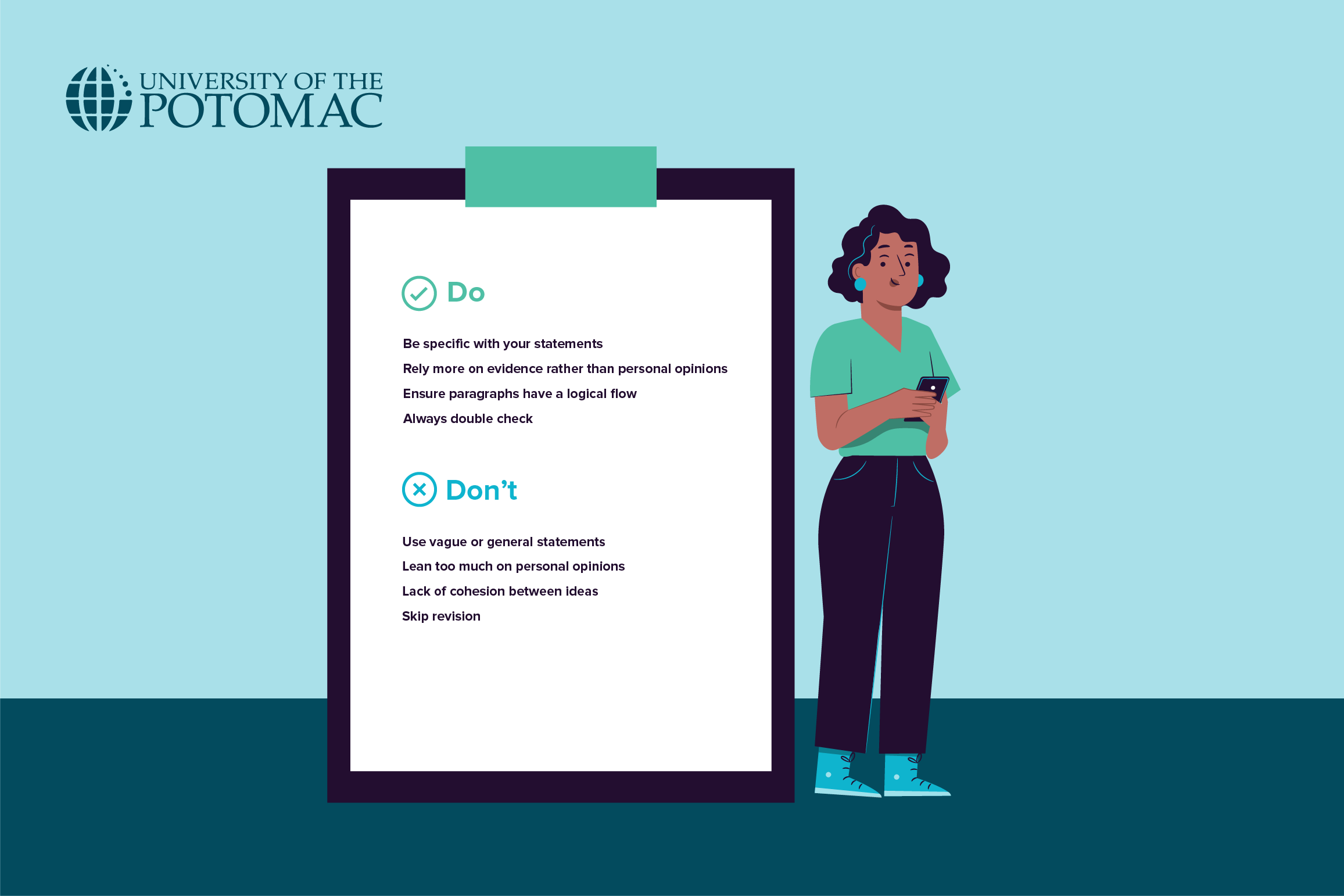Students may feel a little disoriented if they are learning for the first time in a mixed classroom or hybrid learning setting, mainly if their unique learning style isn’t being addressed. While some students prefer to listen to lectures, others make diagrams or take notes. Because no single learning style works for all students, these are types of learning styles you should be aware of.
The various ways that students learn are described using the VARK Model. It includes the different types of learning styles we will further explore in this article.
What Are the Four Types of Learning Styles?
The simplest approach to explain “student learning style” could be to say that they are various ways of understanding or learning new material. The acronym VARK stands for visual, auditory, read/write, and kinesthetic, which are the four main learning methods. These methods refer to how a person perceives, comprehends, communicates, and retains knowledge.
Visual learning style

Visualizing the connections between many topics for visual learners is the most effective presentation technique. A flow chart, for instance, can be used to explain a scientific procedure. This preference extends to the presentation of data through the use of maps, spider diagrams, charts, graphs, flow charts, labeled diagrams, and others.
Visual learners are easily identified since they are the ones that make lists, draw, and take notes. While they require information utilizing alternative visual aids, such as patterns and forms, they don’t always respond well to pictures or films.
Auditory learning style
Auditory learners, often known as “aural” learners, learn best when the information is spoken to them, or they prefer listening to it. These students like reading aloud to themselves and do well in groups where vocal participation is present.
They are excellent at verbally expressing topics and don’t hesitate to speak in class. They might also read more slowly and frequently repeat what their teacher says. These students can find concentrating difficult when other students are talking or when there are distracting background noises. For more insights into auditory learning style, you can explore What is auditory learning style?
Kinesthetic learning style

The kinesthetic learning approach connects academic work to physical activity. Pacing back and forth, making flowcharts, underlining notes, and tapping their legs are a few body actions that aid kinesthetic learners in processing information. Kinesthetic learners learn best when actively participating in activities or watching simulations, presentations, and videos.
Active participation in learning is necessary for kinesthetic learners. They are “tactile” learners who gain and remember information through physical action, testing, trial and error, and a non-traditional learning environment.
Read/write learning style
Students with a read/write learning style succeed with written material on worksheets, presentations, and other materials containing a lot of text. They take notes and perform well when they can refer to written material.
Writing, reading books or articles, journaling, looking up terms in dictionaries, and exploring the internet for just about anything, characterizes a read/write learner; however, there is some overlap with visual learning.
Four Other Types of Learning Styles
Now that you better understand the main learning styles that have been around for a while, it is time to delve deeper and introduce some of the less-known ones. These learning styles focus on the senses and social aspects:
- Social/linguistic learners
- Solitary learners
- Nature learners
- Logical/analytical learners
Social/linguistic learners

Students with this learning style like educational activities that involve group projects or working in teams. They enjoy peer participation because it aids them in gaining a deeper understanding of a topic.
These learners can be motivated through role-playing, group projects, and student interaction (asking questions, sharing stories, etc.).
Solitary learners
Solitary learners, referred to as solo learners, are the reverse of social learners. They do not necessarily like group projects and would rather study by themselves. A solitary student excels at doing independent work. These learners can benefit from activities that involve independent work (such as journaling) and problem-solving skills, as well as from teachers acknowledging each student’s unique achievements.
Nature learners

Nature learners benefit from outdoor learning. A peaceful and calming atmosphere is the best for a nature learner. Even though it might not always be possible, teachers can support this type of learning in their students by giving them hands-on assignments, holding lessons outside when the weather allows, and utilizing examples from nature to illustrate new concepts.
Interested in pursuing a degree?
Fill out the form and get all admission information you need regarding your chosen program.
This will only take a moment.
Message Received!
Thank you for reaching out to us. We will review your message and get right back to you within 24 hours.
If there is an urgent matter and you need to speak to someone immediately you can call at the following phone number:
- We value your privacy.
Logical/analytical learners
Analytical learners, as the name implies, rely on reasoning and analytical abilities to comprehend a certain subject. These students look for relationships, reasons, patterns, and outcomes in their coursework.
By asking questions that demand interpretation, presenting materials that encourage students to solve problems, and encouraging them to draw conclusions based on evidence or reasoning, teachers can engage and inspire analytical learners.
Why is it important to know my learning style?
Understanding your learning style is crucial because it can significantly boost your academic performance. By identifying whether you are a visual, auditory, or kinesthetic learner, you can tailor your study techniques to your strengths.
This self-awareness can lead to more effective learning and increased motivation. However, remember that using a mix of strategies is also often an effective approach for achieving academic success and getting more than just passing grades.
How Do Students Learn Best?
There is no such thing as “the best” or “the right” learning style, given that everyone has a different approach to learning. But it’s crucial to recognize your individual learning preferences. Firstly, you need to understand all the learning styles, and from there, you can see which fits best with your learning strategies. However, do not be surprised if you fit in two or more styles since there is always an overlap between them. You can be a visual learner while also preferring to include movement in the process, or kinesthetic learning.
Additionally, teachers should also be aware of the numerous different learning styles that their students may have. Although it is simpler for one person to comprehend and use a certain learning style to achieve better results, it is more difficult for a teacher to do so when there are, let’s say, 20 students in one classroom.
This does not imply, however, that a teacher should stop attempting to comprehend and meet the requirements of their students. Using as many exercises and activities that accommodate various learning styles, a teacher is more likely to give every student the option to learn in the environment of their preference.
The Bottom Line
Knowing what type of learner you are is essential since it can be a decisive factor in your academic achievement. Knowing all the possible learning styles can help you identify your own learning style. You can achieve this by experimenting with each learning strategy before settling on the one that works best for you. In addition, you can also use some of the best study techniques.










